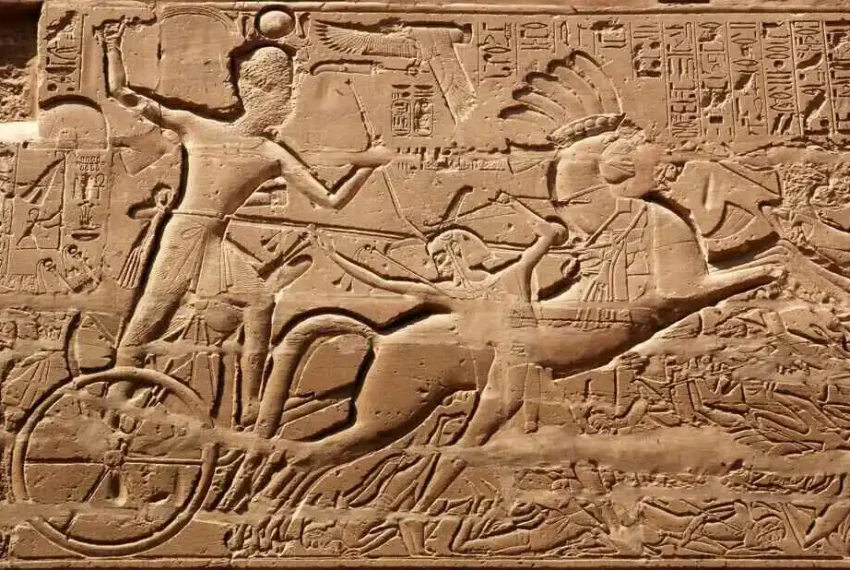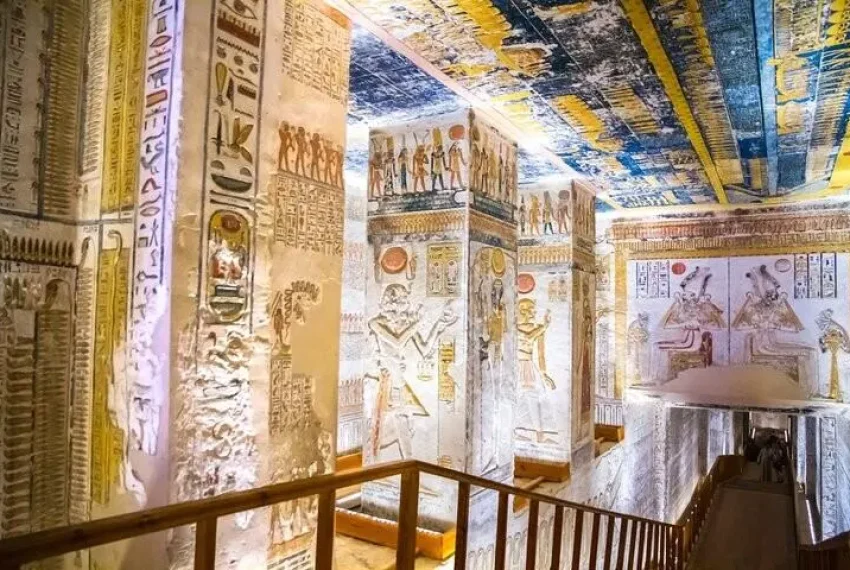Incredible achievements in science, art, and architecture are attributes of the ancient Egyptian civilisation. King Seti I stands out as a major and important character among the several pharaohs that ruled Egypt. He left a lasting impact via his construction work, religious reforms, and military conquests. In this post, we’ll look at some interesting facts regarding King Seti I and his time as Egypt’s monarch.

Ramses I, the first pharaoh, and Sitre gave birth to Seti I in 1294 BC. He succeeded to the throne upon the demise of his father as the second pharaoh of the 19th Dynasty. He wasn’t initially selected as the heir since his older brother was. But Seti I succeeded his father since his sibling passed away before him.
Seti I was a visionary leader who put in a lot of effort to build up his authority. By using military efforts to expel the Libyans, Nubians, and Asians, he increased Egypt’s frontiers. He promoted the worship of Amun-Ra, the main deity of the Egyptian pantheon, which resulted in profound alterations to the nation’s religion.

Egypt’s King Seti I is famed for his outstanding building endeavours. The Great Hypostyle Hall at Karnak, the Temple of Osiris at Abydos, and the Temple of Amun at Thebes are just a few of the buildings he ordered built. These temples, which still exist today as witness to the king’s vision and the extraordinary talent of ancient Egyptian builders and artisans, were created with amazing accuracy and magnificence.